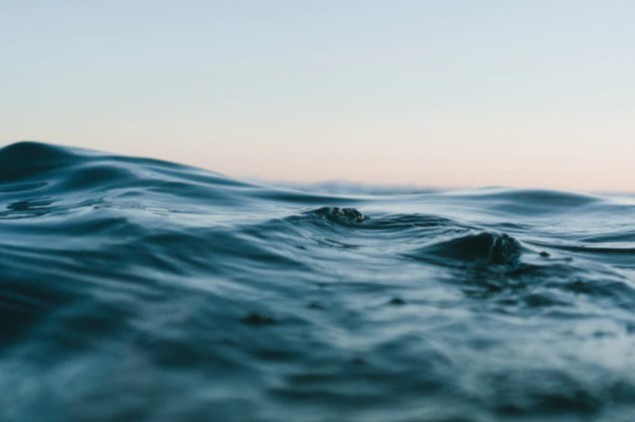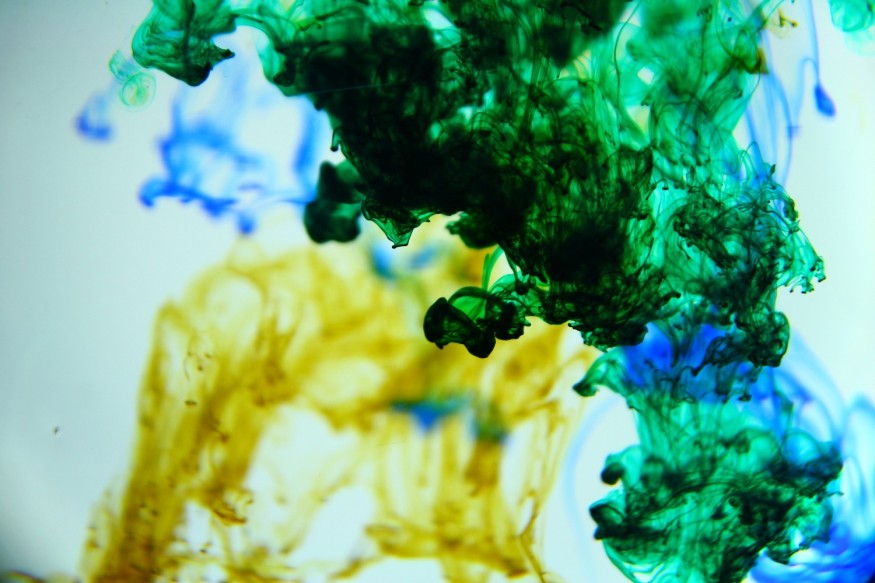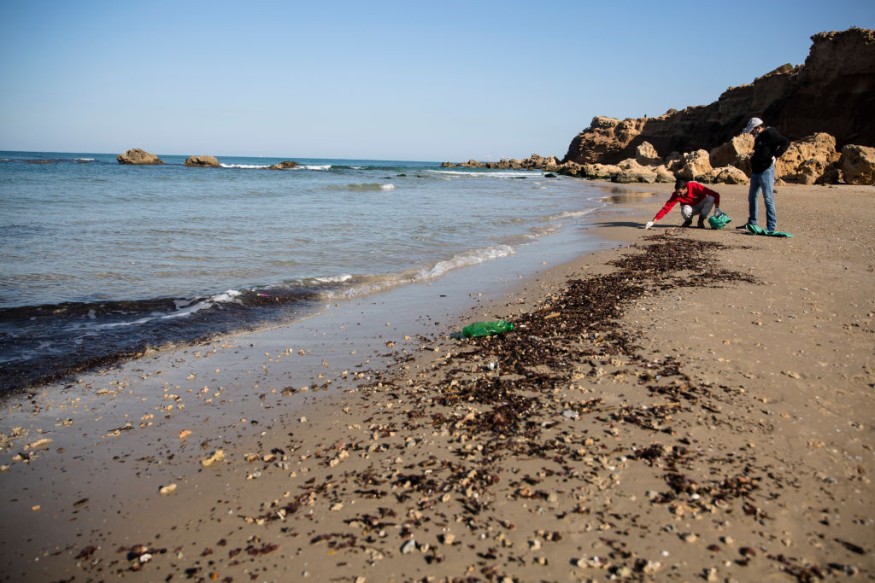Marine scientists claim they've discovered up to 25,000 barrels of Dichlorodiphenyltrichloroethane (DDT)-contaminated water spilled off the coast of southern California near Catalina Island, where a vast underwater hazardous waste site dating back to WWII has long been believed.

Researchers at the Scripps Institution of Oceanography at the University of California, San Diego, collected 27,345 "barrel-like" photographs. They surveyed over 36,000 acres of the seafloor between Santa Catalina Island and the Los Angeles peninsula, in an area where elevated levels of the toxic chemical had previously been discovered in sediments and the environment.
DDT Dumping

Before 1972, when the Marine Protection, Research, and Sanctuaries Act, also known as the Ocean Dumping Act, was passed, historical shipping records indicate that mining industries in southern California used the basin as a dumping area.
The particular site and scope of the dumping, which is deep in the ocean, was unknown until now.
According to Eric Terrill, chief scientist of the expedition and director of the Marine Physical Laboratory at Scripps Institution of Oceanography, the area covered was "staggering."
High-resolution photographs of barrels resting 900 meters (3,000 feet) below the surface were taken by underwater drones using sonar technologies all over the steep seafloor surveyed. They were also seen outside the dumpsite's boundaries.
"Everyone who dealt with the data and sailed at sea was amazed," he told reporters on Monday.
The survey offers a "wide-area map" of the bottles, Terrill said, but it will be up to others to validate that the containers contained DDT by sediment sampling. The amount of DDT dumped in the area, 12 miles from Los Angeles and 8 miles from Catalina Island, is estimated to be between 320 and 640 tons.
Related Article : Can California Successfully Ban Fracking and Oil Extraction by 2024?
Effects of DDT to Wildlife

According to Scripps chemical oceanographer and professor of geosciences, Lihini Aluwihare co-authored a report in 2015 that found elevated DDT levels and other man-made chemicals in the blubber of bottlenose dolphins that died of natural causes, the long-term effects on aquatic life and humans was still uncertain.
"These findings also raise concerns about continued exposure and possible effects on marine mammal health," said Aluwihare, who was not part of the survey expedition.
If the barrels were proven to contain the poisonous chemical, Diana Aga, a chemistry professor at the University at Buffalo who is not associated with the report, said the results were surprising. She commented, "That's a lot of DDT at the bottom of the ocean."
If the barrels had not spilled, they might have been transferred to a better storage location, according to Aga. Scientists might take samples from the sea, sediment, and other aquatic life to assess the impact if they spilled.
Following a Los Angeles Times article last year about evidence that DDT was pumped into the ocean, scientists performed the survey from 10 to 24 March.
"Unfortunately, starting in the 1930s, the basin offshore Los Angeles had been a dumping ground for toxic waste for many decades," Terrill said. During the wide-area survey, we discovered a large debris field."
Professor David Valentine of the University of California, Santa Barbara, had found concentrated accumulations of DDT in the sediments and spotted 60 barrels about a decade earlier, and scientists began their search there.
DDT levels in the area's marine mammals have been shown to be high, and the chemical has been attributed to cancer in sea lions.
Clean-Up Attempt

Researchers at Scripps say they think their survey will help with cleanup efforts. A team of 31 scientists, engineers, and crew members worked 24 hours a day, seven days a week, on the Sally Ride research vessel, which featured two autonomous underwater vehicles.
Also Read : After A Month of Nonstop Coastal Cleanup, Israel Oil Spill Emergency Finally Declared Over
For more environmental news, don't forget to follow Nature World News!
© 2025 NatureWorldNews.com All rights reserved. Do not reproduce without permission.





